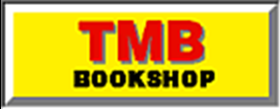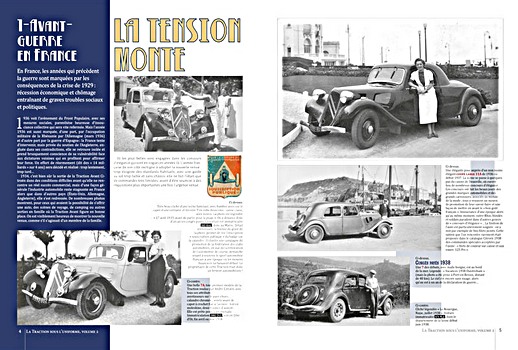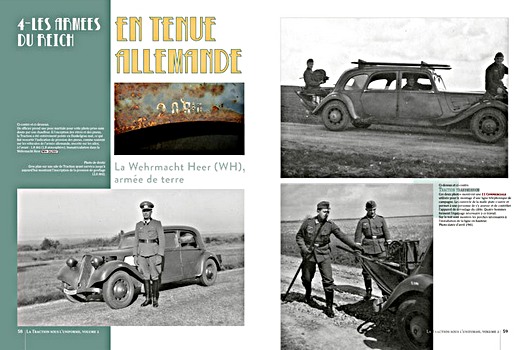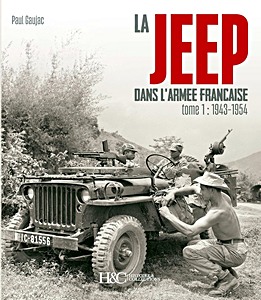Essor de la motorisation, du cheval de guerre au cheval vapeur 1914-1918
In August 1914, when the First World War broke out, France fielded 89 horse cavalry regiments. At the same time, the army's fleet of vehicles only had 220 of its own.
In a few weeks, the direction taken by military operations would impose a complete inversion of proportions. The cavalrymen dismounted while the requisition brought several thousand of the 80 000 motor vehicles of all types in use in the country into the armies. This was the beginning of a motorization that would be at the origin of a formidable industrial boom.
After having painted the portrait of a magnificent cavalry, but outdated despite the glorious actions it delivered during the first weeks of the war, this work evokes the progressive takeover of the battlefield by the automobile, the armoured cars, the trucks, then the tanks.
Product details
| Author: | Jean-Claude Demory |
|---|---|
| Details: | 144 pages, 28 x 21.5 cm / 11 x 8.5 in, hardback |
| Illustrations: | 150 b&w and colour photos |
| Publisher: | ETAI (F, 2008) |
| ISBN: | 9782726887066 |

Essor de la motorisation, du cheval de guerre au cheval vapeur 1914-1918
Language: French
Buy on Amazon.comBuy on Amazon UK
Buy on Amazon CA








